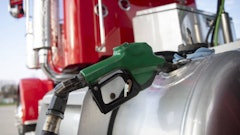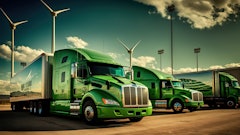
The past year has marked a period of significant transformation, characterized by rapid federal policy shifts and persistent state-led efforts to advance zero-emission vehicle (ZEV) and near-zero-emission (NZE) technologies, such as electric and natural gas vehicles, respectively. Recent regulatory changes and federal funding adjustments, coupled with substantial economic uncertainty, have introduced a period of peak complexity for fleet operators.
Despite this, more than $13.5 billion in state and local funding remains available for ZE and NZE projects, driving continued adoption of renewable fuels, compressed natural gas vehicles (CNG), battery-electric vehicles (BEVs), and hydrogen fuel cell electric vehicles (FCEVs), as outlined in the 2025 State of Sustainable Fleets Market Brief, authored by TRC Companies.
“The rapidly evolving policy landscape and questions around how that will impact technology investments have introduced uncertainty for fleets,” says Nate Springer, VP of market development at TRC Companies. “Nevertheless, the industry’s response—marked by growing adoption of renewable fuels, innovative infrastructure solutions, and strategic partnerships—underscores strong fundamentals for continued growth of many clean fleet solutions.”
Key takeaways:
· In 2024, renewable diesel (RD) production increased by 28% in the first half of the year compared to the same period in 2023, with fleets reporting a record-high 39% adoption rate in the history of the annual fleet survey.
· Renewable natural gas (RNG) supply has surged by 234% over the past six years, supported by a 63% increase in natural gas stations offering RNG and vehicle sales hold steady.
· Meanwhile, BEV deliveries reached a record 41,472 medium- and heavy-duty (MD/HD) units, driven largely by commercial cargo vans and pickup trucks, which accounted for 92% of new registrations, despite pauses and adjusted forecasts by several manufacturers last year.
· Hydrogen fuel cell deployments also gained momentum despite two high-profile manufacturer bankruptcies, with 75 new transit buses and 165 MD/HD vehicles delivered in 2024.
- Federal priorities have shifted toward conventional fuels, with Executive Orders pausing IIJA and IRA disbursements and reconsidering EPA greenhouse gas (GHG) regulations such as the Clean Trucks Rule. However, state and local programs, offering over $13.5 billion, continue to drive NZEV and ZEV adoption, with California pausing private fleet ZEV mandates but continuing to drive adoption with funding.
- RD adoption grew, with 39% of surveyed fleets using the fuel, supported by a 28% production increase in the first half of 2024. Biodiesel (BD) usage remained steady at 29%, while diesel fuel costs dropped 11% to $3.21 per gallon nationally. Diesel vehicle and associated fleet efficiency gains showed mixed results over the year, though leading HD adopters can still achieve 8.5+ mpg.
- The debut of 15-liter natural gas engines in late 2024 saw orders from 40 fleets, while Class 8 tractor registrations surged 50% to 2,317 units. RNG supply expanded, with over 400 operational facilities and a 63% increase in stations offering RNG. CNG prices remained below diesel by an average of $0.25 per diesel-gallon-equivalent and fleets reporting continued cost savings.
- Despite a reduced forecast in orders, MD/HD BEV deliveries hit 41,472 in 2024, up significantly from 2023. Cargo vans and pickups dominated, comprising 92% of registrations. New solutions are proliferating to address the unique charging needs of fleets, such as shared charging hubs and so-called “flexible interconnect”, which allows earlier access to electricity in a project lifecycle.
- The industry faces a highly uncertain future; development is likely to slow or pause. Class 8 tractor registrations reached a record high of 165 units before two manufacturers filed for bankruptcy.

![Pros To Know 2026 [color]](https://img.sdcexec.com/mindful/acbm/workspaces/default/uploads/2025/08/prostoknow-2026-color.mduFvhpgMk.png?auto=format%2Ccompress&bg=fff&fill-color=fff&fit=fill&h=100&q=70&w=100)
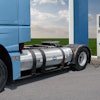
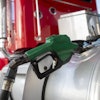

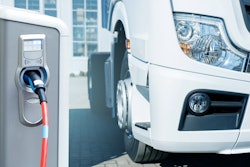
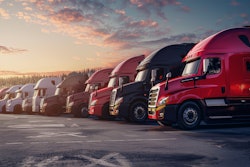

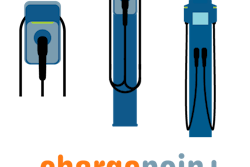
![Pros To Know 2026 [color]](https://img.sdcexec.com/mindful/acbm/workspaces/default/uploads/2025/08/prostoknow-2026-color.mduFvhpgMk.png?ar=16%3A9&auto=format%2Ccompress&bg=fff&fill-color=fff&fit=fill&h=135&q=70&w=240)

